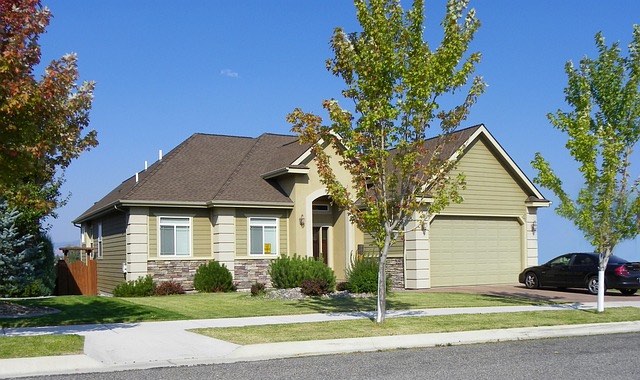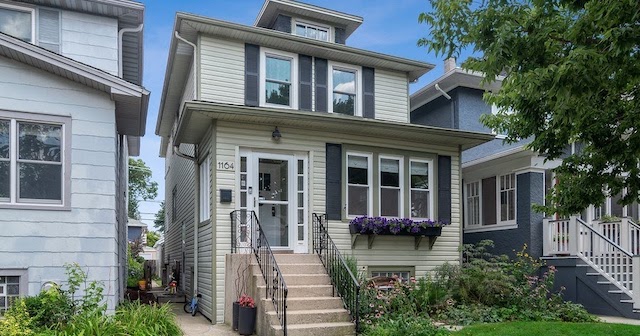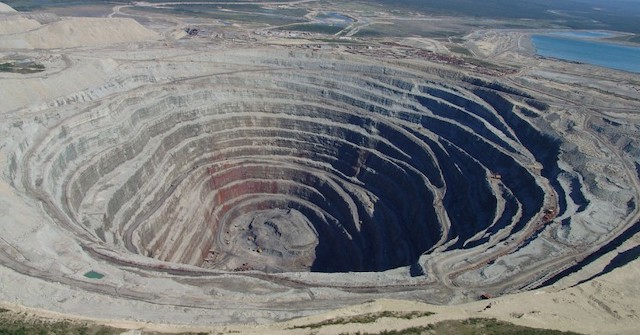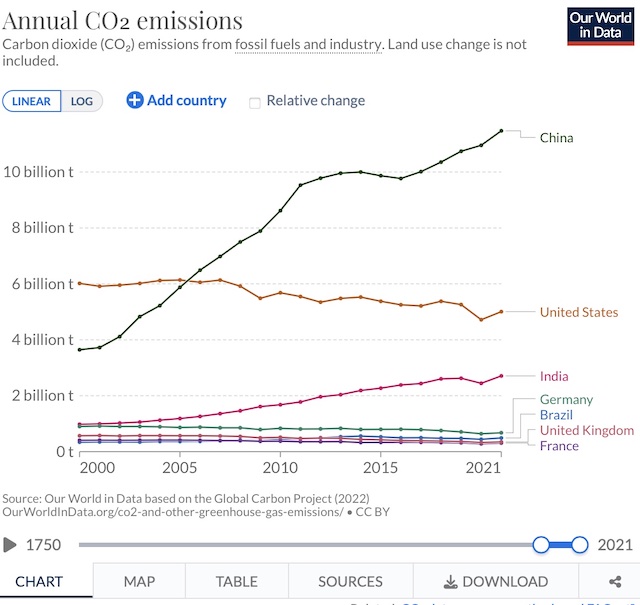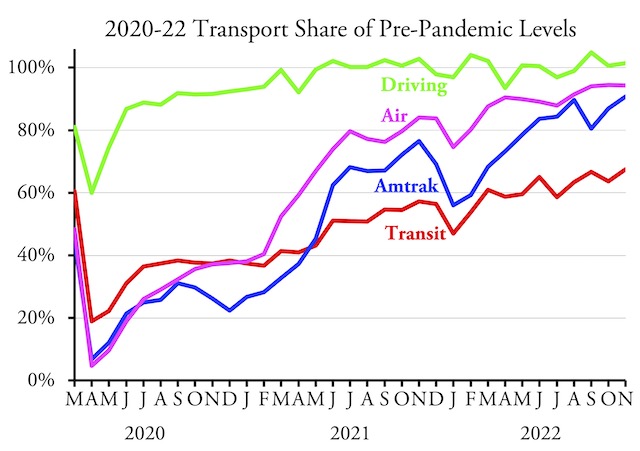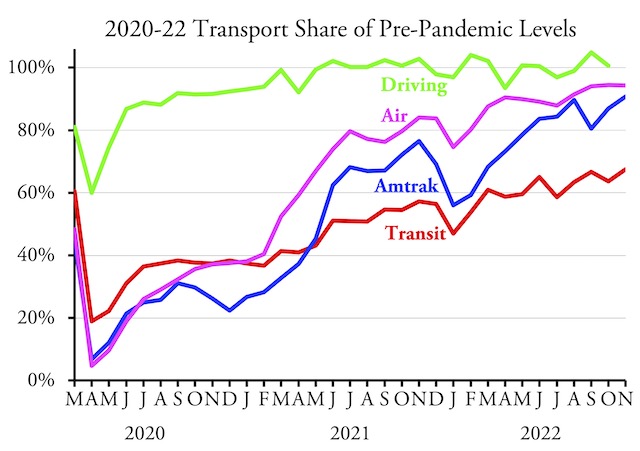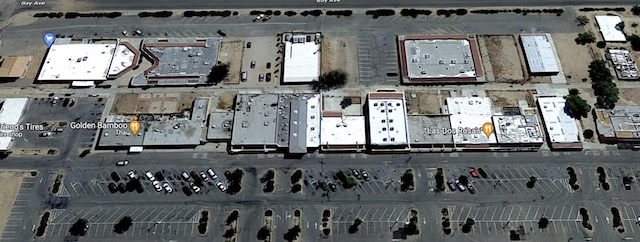High housing prices induced by state and local anti-sprawl regulations are the main cause of growing wealth inequality, contributed to homelessness, and forced hundreds of thousands of people to move from beautiful but highly regulated states such as California to more affordable but frankly bleaker states such as Texas. Now we can also blame recent labor shortages on high home prices.
An analysis published last week found that people of all ages responded to the pandemic by leaving the labor force, but most of them returned, and the ones who did not were almost all in the 60-and-above age classes. Moreover, the ones who didn’t return to work were mainly from states where land-use regulation has pushed up housing prices. Continue reading

